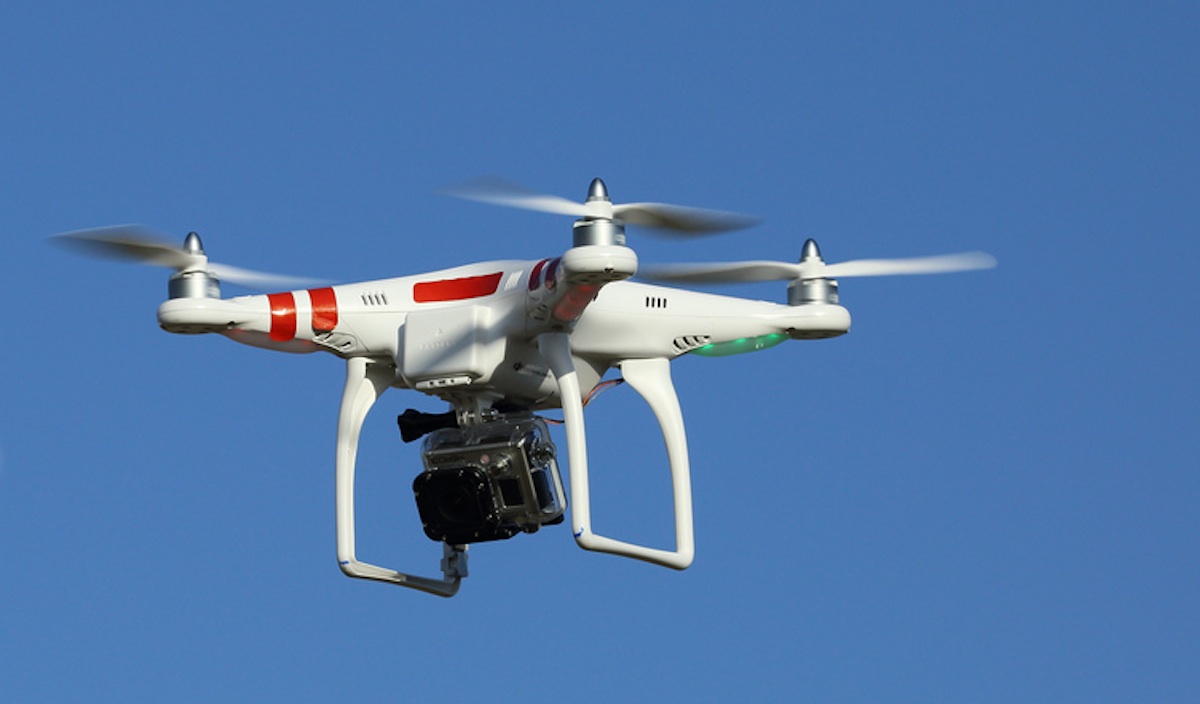Is Progress Always Progression?
Earlier this year I was part of a twitter conversation that discussed the possibility of using drones at the scene of road traffic collisions. It was argued that the use of a drone would add value and help resolve such incidents. My personal feelings were (and still are) that they may have a use at larger scale incidents (major emergencies with multiple vehicles/casualties) but can add very little value at the kind of incidents that form the overwhelming majority of extrications every day i.e. a single entrapment involving one or two vehicles. Of course there is a very small minority of incidents where aerial reconnaissance may assist, but the conversation was referring to all road traffic collisions.
Considered view
When I offered this opinion I was accused of placing ‘obstacles’ in the way of progress and told to ‘…..embrace it!’ I personally consider myself to be progressive and will happily overcome as many obstacles as possible to make the process of extrication safer, easier and timelier. The specific theme of this conversation is not actually the important issue here. What is key is that more and more people are starting to think ‘outside of the box’ when it comes to extrication (and many other issues). Of course this kind of thinking should be encouraged and will form the basis of future progress. However, I feel we need to have a considered view to progress and look at it from a wider perspective, taking into account what value it will add to all those involved. Progress has to provide a proportional solution to an identified problem, otherwise we just progress for the sake of progression; this cannot be the future!
Proportional solution?
Let’s return to the issue of using drones during extrication. For the majority of road traffic collisions there is no identified problem that warrants the use of such technology, so is that a proportional solution? We must also keep in mind that the use of drones would require a considerable cost in terms of purchasing the equipment and training people to use them.
 For the majority of extrications, are drones useful? Do they add value?
For the majority of extrications, are drones useful? Do they add value?
Don't run before you can walk
My main concern here though is that we are in danger of ‘running before we can walk’ and we may start to look at the future before adequately dealing with issues that affect us in the here and now. The constantly changing subject of how we deal with the patient from a medical perspective coupled with advances in vehicle and rescue tool technology means that we have enough to worry about on the ground without taking to the skies just yet. Sometimes we have to ‘go back to basics’ and ensure that we have mastered the fundamental skills required to carry out extrication in a safe, efficient and casualty centred way.
Master the basics
I want to reiterate that I love technology and the thought of incorporating it into the future of rescue operations is one of the most exciting prospects of the next decade and something we can all look forward to. That said, extricating a patient from a motor vehicle is a process that technology can only ever play a relatively small part in. The rest is down to us, for that reason we have to learn the basics well and do them well.
Finally, being over-reliant on technology may mean that we can, at some point in the future, become vulnerable. I mean, have you ever flown a drone in the wind?
As ever, I welcome your feedback.
Ian Dunbar